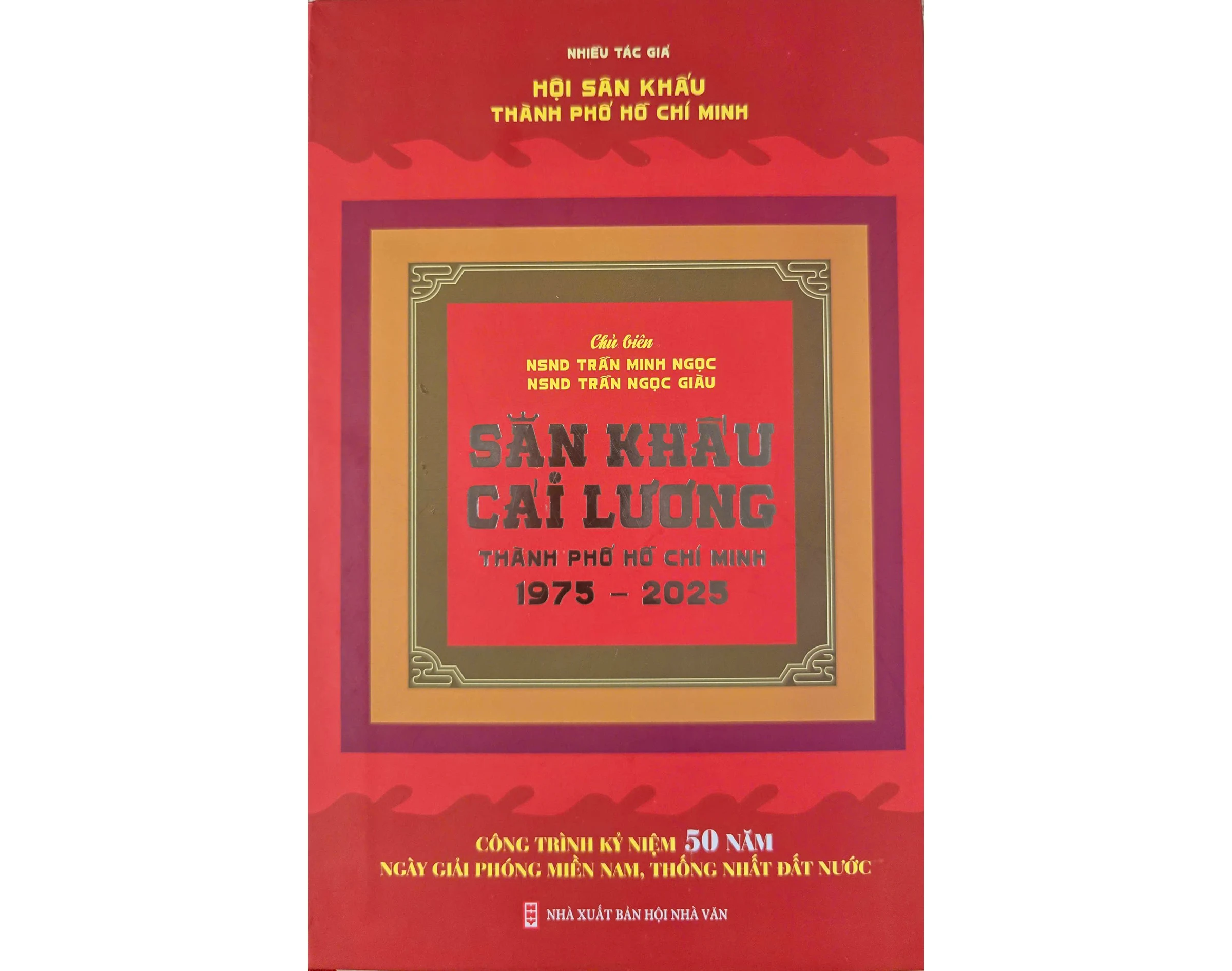
Photo: DUY KHOI
The book consists of 4 parts, a collection of articles by famous artists, directors, researchers, journalists... who have been involved with the Ho Chi Minh City reformed theater for many years. Part 1, entitled "Ho Chi Minh City reformed theater looks back on a journey", contains many historical documents about the early days of peace in the country, the reformed theater recovered, and continued its mission of bringing songs and lyrics to serve the people. And there are also efforts to help reformed theater develop such as the Tran Huu Trang Youth Assault Group, the Tran Huu Trang Award, and the Bach Long Youth Union...
Part 2 is “Staging and Performance Art”, with articles that deeply analyze the characteristics, situation and features of Cai Luong theater over the past 50 years. Many articles analyze deeply and convincingly about literary scripts, Cai Luong scripts, literary values, aesthetics, Cai Luong historical themes… In addition, many articles also analyze typical examples, giving models such as Minh To ancient Tuong with traditional cultural values of the family, about Cai Luong ancient Tuong, historical themes…
With the theme “Creative elements in Cai Luong stage”, part 3 focuses on introducing veteran artists. For example, the article about People’s Artist Phan Phan, who laid the golden foundation for the art of stage design in the South, those are lines of writing that depict a very emotional portrait of the master. This part also has many articles discussing in depth the creative elements to create a Cai Luong play such as musical instruments and orchestra, choreography, or articles about Cai Luong video , Cai Luong television.
Moving on to part 4 “Artists and valuable lessons”, this part is very dense with dozens of valuable articles about artists’ memories, about their experiences and happy and sad memories in the singing profession, and the lifelong marks in each role. In each page of the book, readers will meet People’s Artist Ut Tra On in the role of Tam Khoe in the play “Nguoi ven do” – his last role in life, People’s Artist Diep Lang – an exemplary artist, Meritorious Artist Cong Thanh – a son of Can Tho who quietly passed on to the younger generation…
The appendix is very elaborate, introducing all the images of artists, directors, painters, and writers associated with the Ho Chi Minh City reformed theater over the past 50 years and the generations of artists who won the Tran Huu Trang Award.
After the country's reunification, the Ho Chi Minh City reformed theater welcomed artists from the Southern Reformed Theater Troupe returning from the North; along with artists from the Liberation Art Troupe returning from the R War Zone; a force of revolutionary writers and artists working openly on the spot; combining dozens of troupes and reformed theater troupes with many famous artists. All of this created a golden age for the Ho Chi Minh City reformed theater. Associate Professor, Dr. Huynh Quoc Thang recalled: "From inside the theater to the outdoor stages, each reformed theater performance with several thousand tickets was normal at that time! Looking more broadly, the number of reformed theater troupes and reformed theater programs through competitions and performances during this period was also unprecedentedly large." When recalling the period of 1975-1985, People's Artist Tran Minh Ngoc affirmed that Ho Chi Minh City was still the "capital of reformed theater" with strong strength in both composition, art and actors. In the following years, Ho Chi Minh City still played a leading role, keeping the fire of reformed opera alive.
There is a lot of useful and interesting information about Cai Luong in this worth-reading book!
DANG HUYNH
Source: https://baocantho.com.vn/nhung-trang-sach-quy-ve-50-nam-san-khau-cai-luong-tp-ho-chi-minh-a192739.html











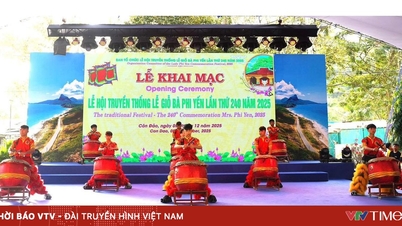

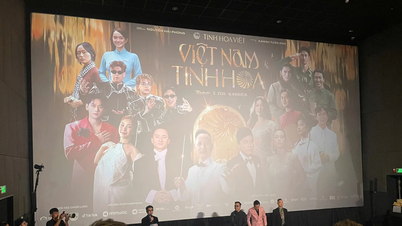
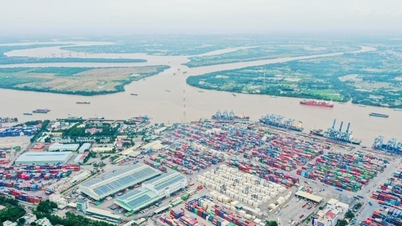

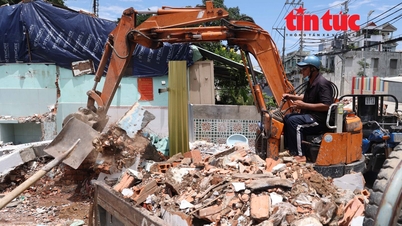



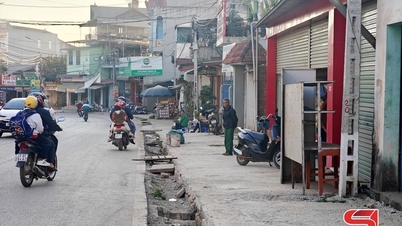

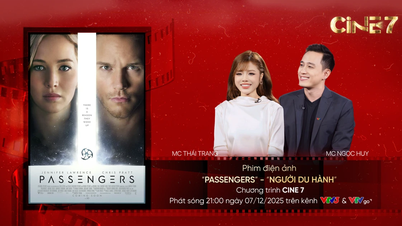

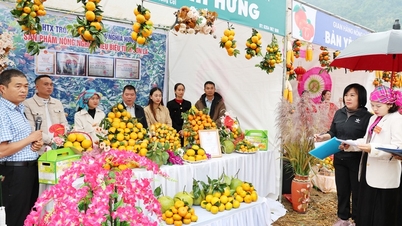
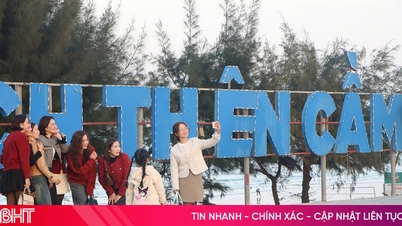

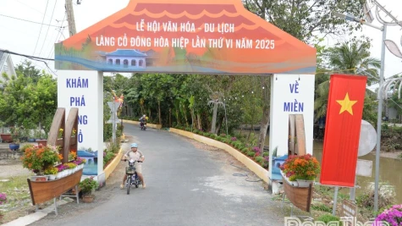





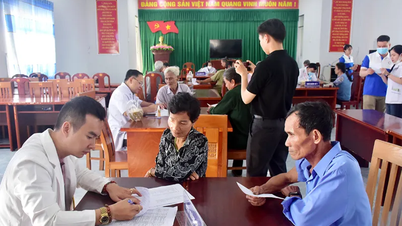
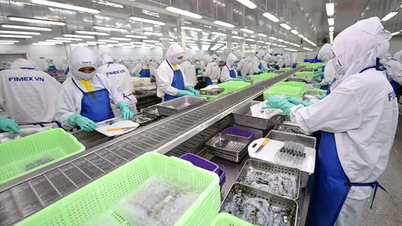

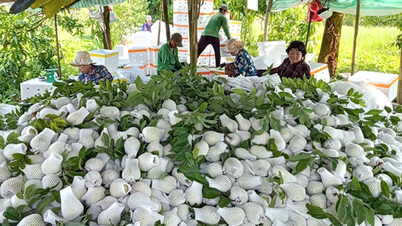
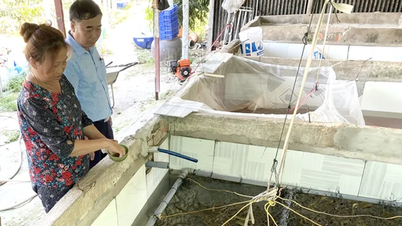
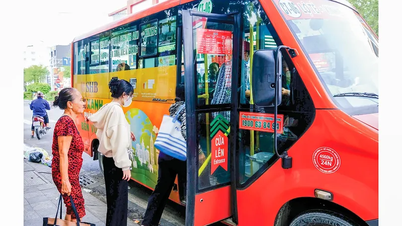
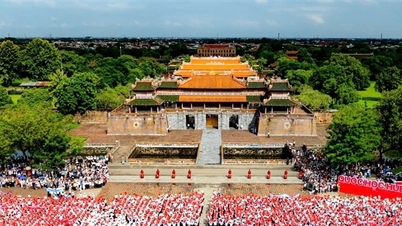

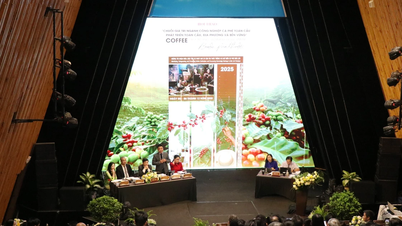
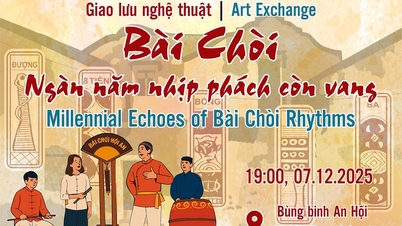

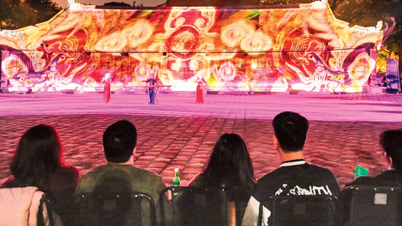

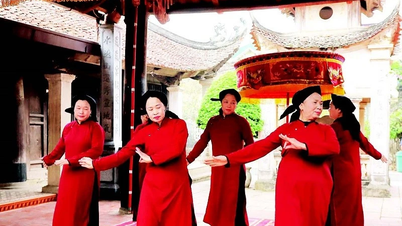
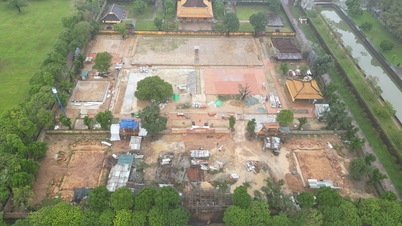
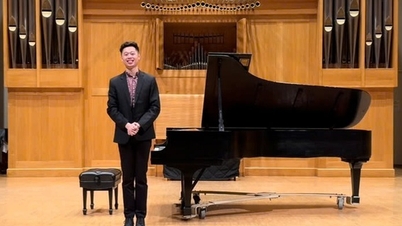

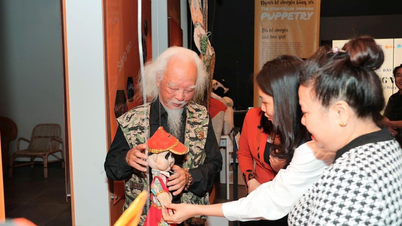

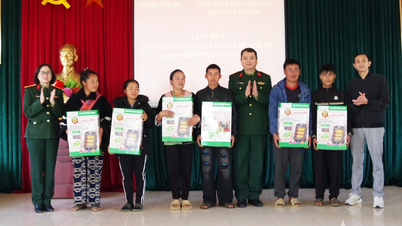




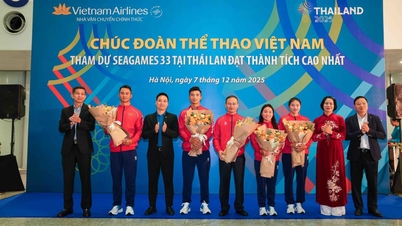


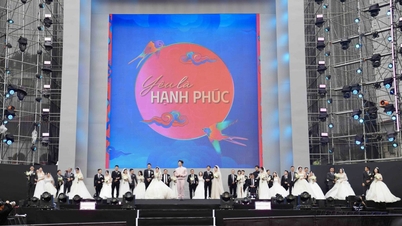

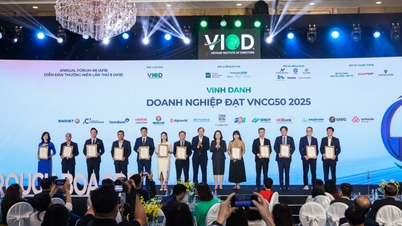







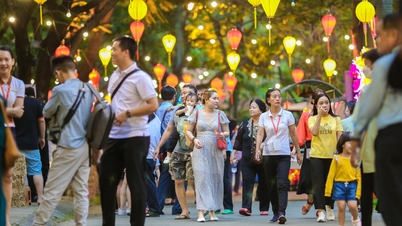



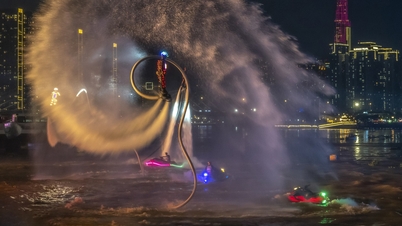
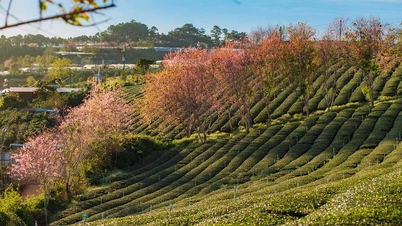

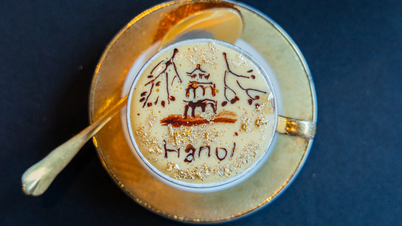
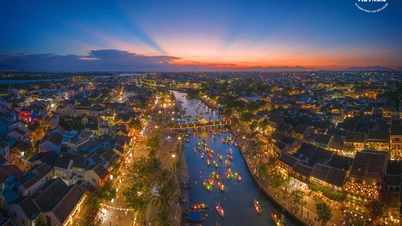
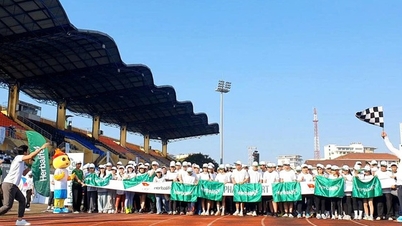

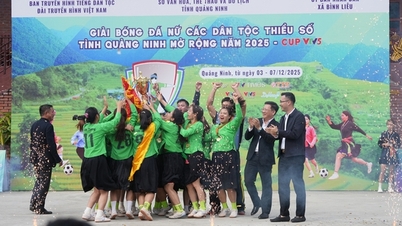
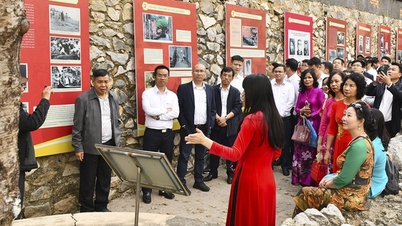
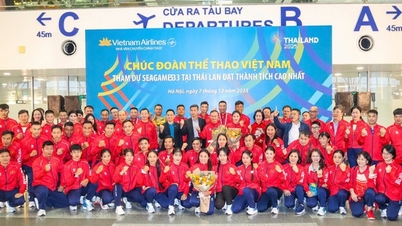
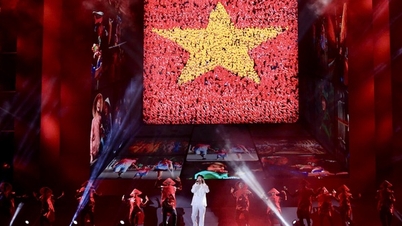
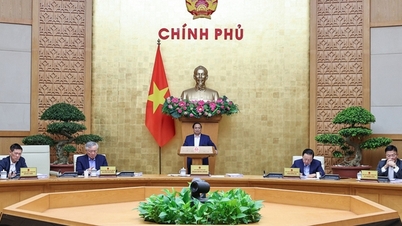
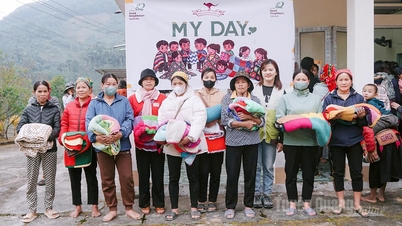

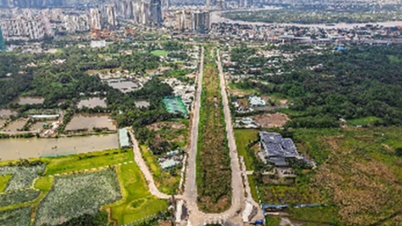
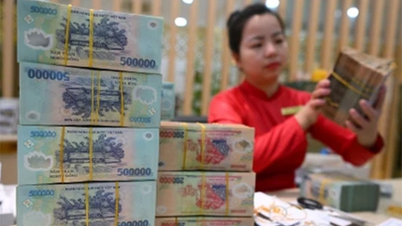
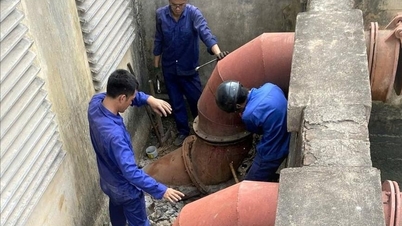



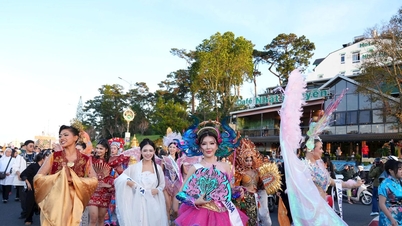



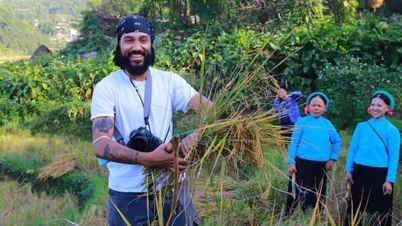














Comment (0)